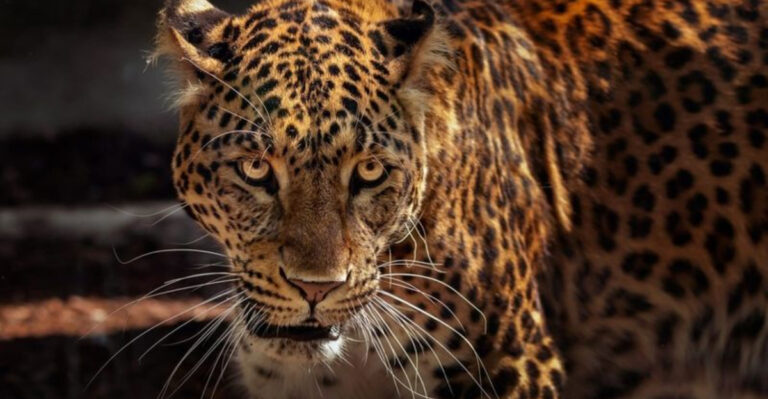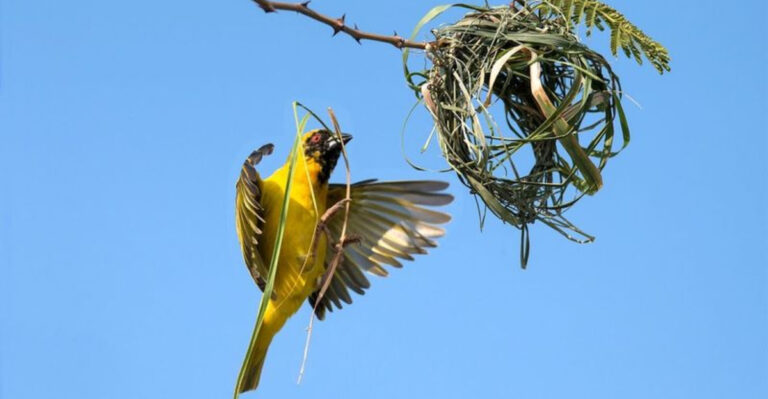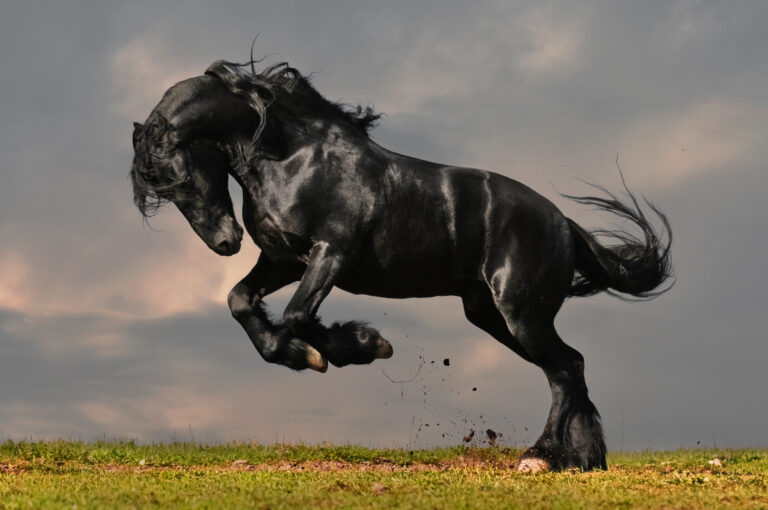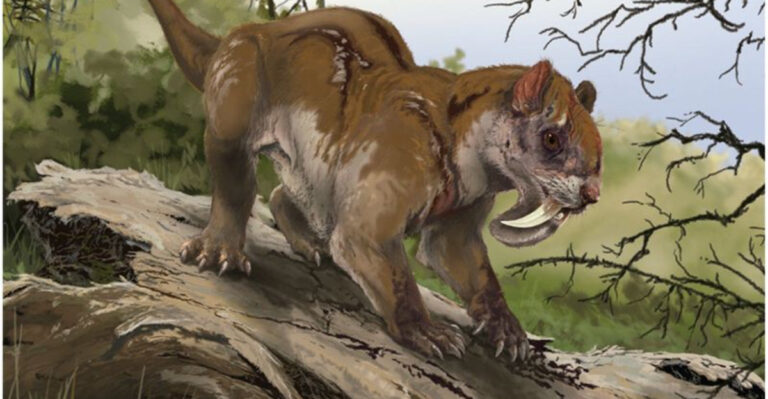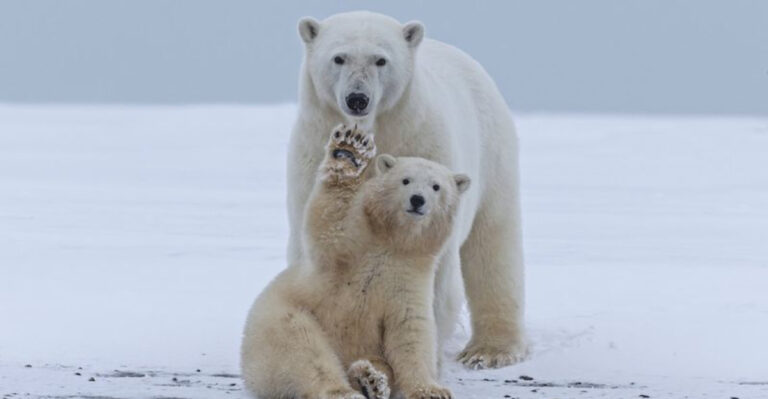8 Most Lethal Animals In The United States And 7 That People Fear But Shouldn’t
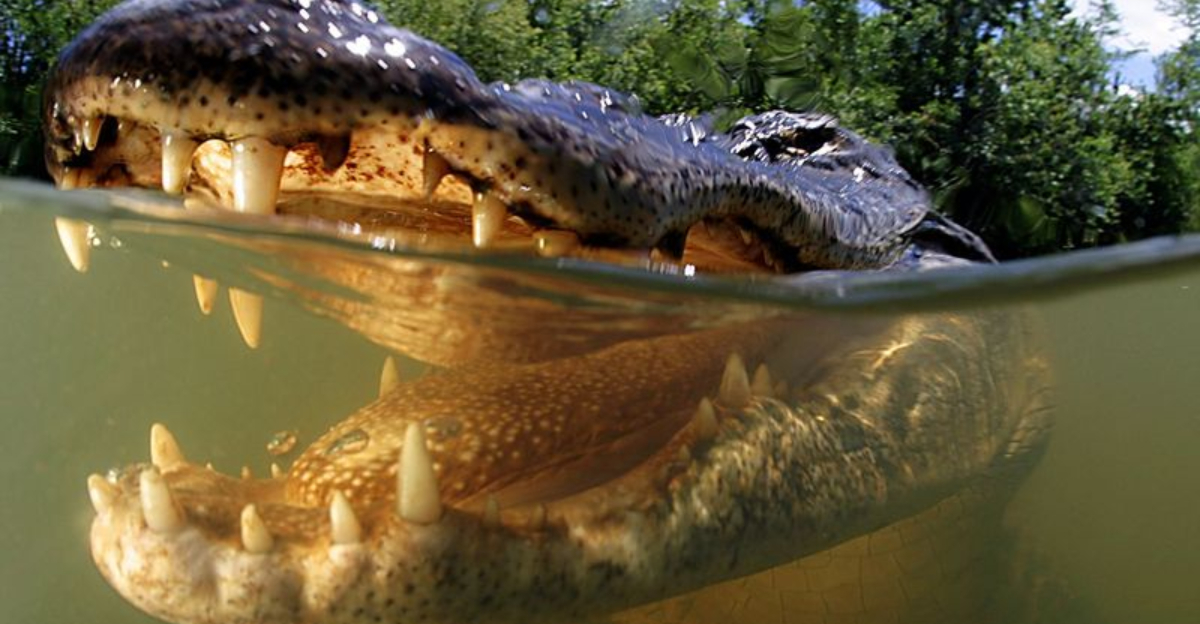
Ever wondered which creatures in America pose real threats versus those that just give us the creeps? While some animals deserve our caution due to their deadly track records, others have gotten bad reputations they simply don’t deserve.
Understanding the difference between actual dangers and unfounded fears can help us stay safe while appreciating wildlife for what it truly is.
1. Deer: The Silent Highway Killers
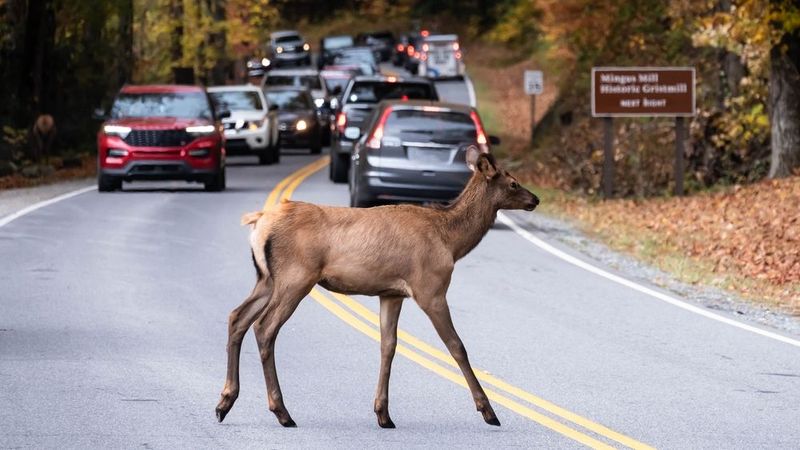
Surprisingly, these gentle forest dwellers cause approximately 200 human deaths annually through vehicle collisions. Their tendency to freeze in headlights and dart across roads creates deadly hazards, especially during dawn and dusk.
Many drivers underestimate the damage a 150-pound deer can cause when hit at highway speeds. These accidents peak during mating season in autumn when deer movement increases dramatically.
2. Honey Bees: Tiny But Lethal
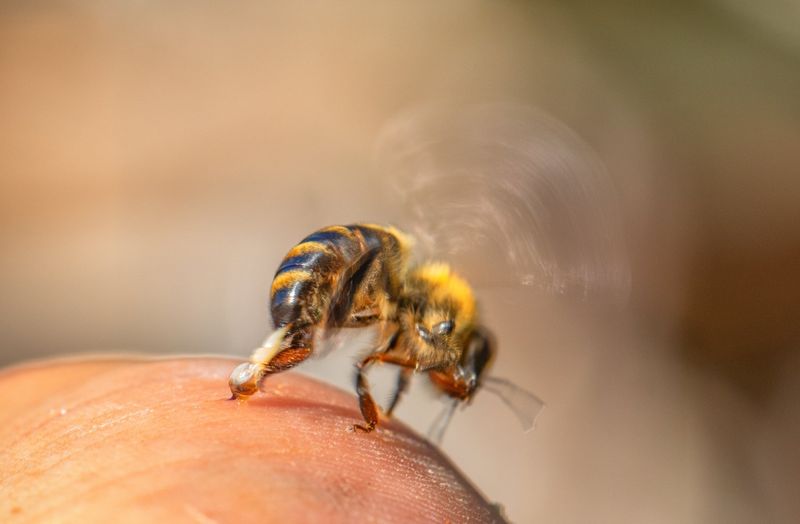
These buzzing pollinators claim around 100 American lives yearly through severe allergic reactions. A single sting can trigger anaphylaxis in sensitive individuals, causing throat swelling and breathing difficulties within minutes.
What makes bees particularly dangerous is how common encounters are. Many victims don’t even realize they’re allergic until experiencing a severe reaction. Carrying epinephrine can be lifesaving for those with known allergies.
3. Brown Recluse Spiders: The Flesh-Eaters
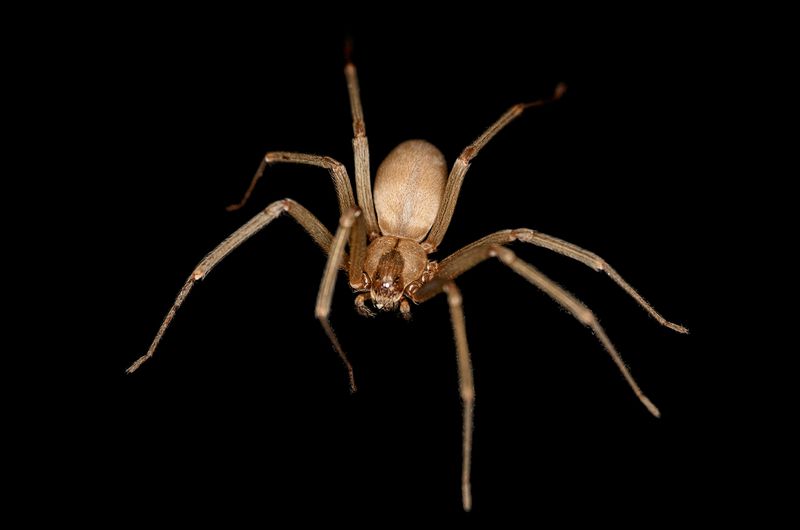
Lurking in dark corners across the southern and midwestern states, these small brown spiders pack a horrifying punch. Their venom contains enzymes that literally dissolve human tissue, creating wounds that can take months to heal.
Victims often don’t feel the bite initially, only noticing symptoms hours later when tissue death begins. While rarely fatal, severe bites can require skin grafts and leave permanent scars.
4. Rattlesnakes: America’s Venomous Threat
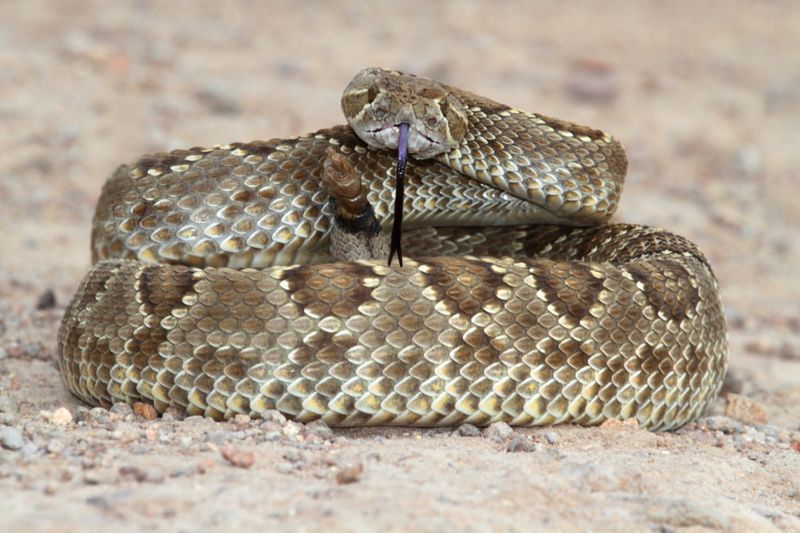
With lightning-fast strikes and potent venom, rattlesnakes account for most venomous snake fatalities in America. Their hemotoxic venom destroys tissue and prevents blood from clotting, causing internal bleeding and tissue death.
Contrary to popular belief, rattlesnakes don’t always rattle before striking. Hikers in rattlesnake territory should wear proper boots and remain vigilant, especially when stepping over logs or reaching into rocky areas.
5. Black Widow Spiders: The Neurological Nightmare
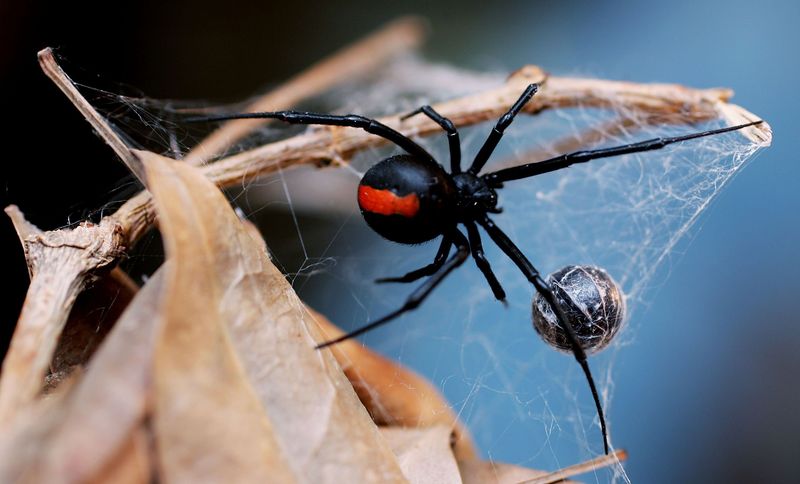
Recognizable by the red hourglass marking on their abdomen, these glossy black spiders deliver venom 15 times stronger than a rattlesnake’s. Their neurotoxin causes intense muscle cramping, profuse sweating, and elevated blood pressure.
Female black widows are particularly dangerous, especially when protecting egg sacs. Though deaths are rare with modern medical care, bites can cause symptoms lasting weeks and may require hospitalization.
6. Alligators: Prehistoric Predators
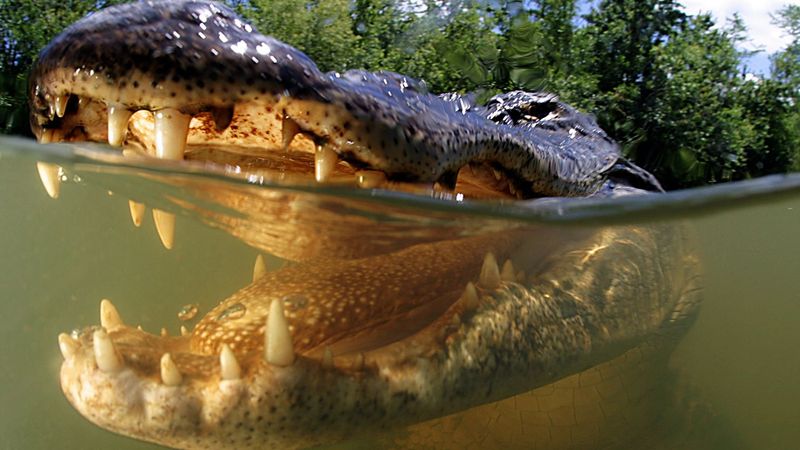
Masters of ambush, these ancient reptiles can explode from seemingly still water with incredible speed. Alligator attacks typically occur when humans swim in their territory or approach nests with young.
Florida leads the nation in alligator incidents, though fatalities remain relatively rare at about one per year. Their powerful jaws can crush bones, and once they grab hold, escape becomes nearly impossible without assistance.
7. Mosquitoes: The Disease Vectors
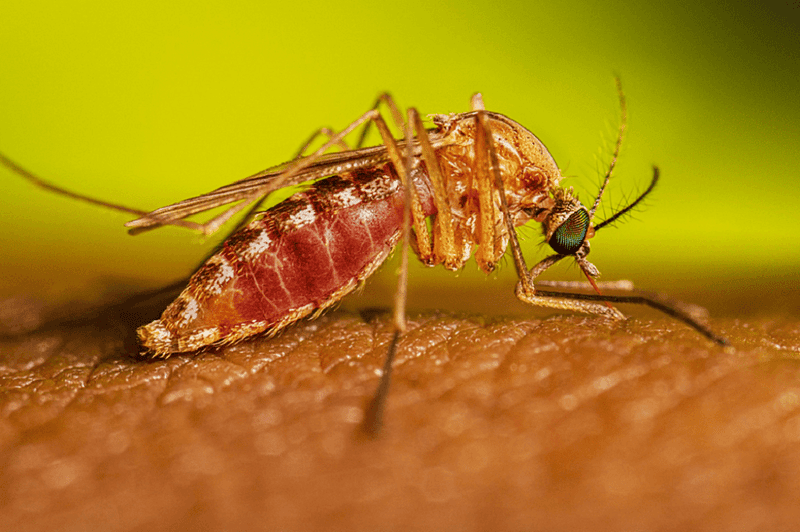
These tiny bloodsuckers may seem merely annoying, but they’re actually among America’s deadliest animals. By transmitting diseases like West Nile virus, eastern equine encephalitis, and various forms of encephalitis, mosquitoes cause dozens of deaths annually.
Climate change has expanded their range and season, increasing exposure risk. Using repellents containing DEET and eliminating standing water around homes remains our best defense against these persistent killers.
8. Dogs: Man’s Best Friend… Usually

Our beloved companions cause approximately 30-50 fatalities yearly, primarily through attacks. Large breeds like pit bulls, Rottweilers, and German shepherds are statistically involved in more fatal incidents, though any dog can become dangerous if improperly trained or provoked.
Children under 10 face the highest risk, often not recognizing warning signs like growling or raised hackles. Most fatal attacks involve dogs the victim knows, not random strays.
9. Sharks: Overhyped Ocean Predators
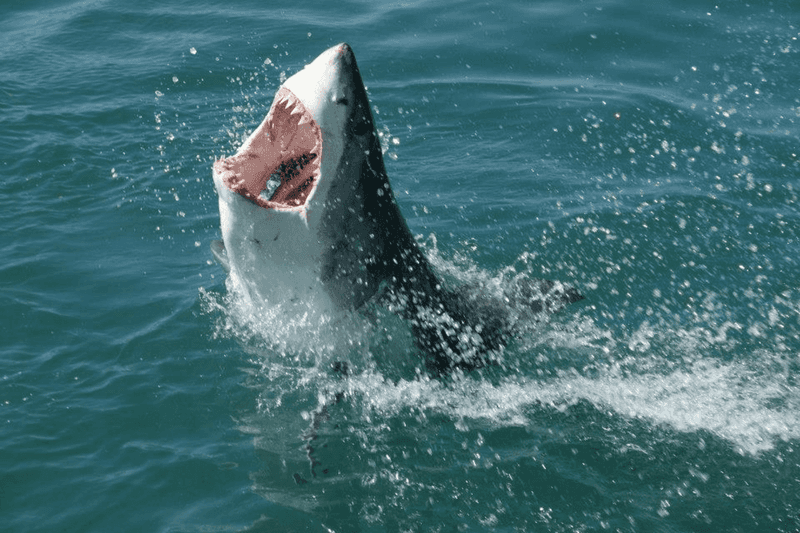
Despite their fearsome reputation, sharks cause just one fatality every two years in the United States. You’re more likely to die from a falling coconut or a vending machine accident than from a shark bite.
Most shark encounters are cases of mistaken identity, with the animal confusing humans for their natural prey. Attacks typically involve a single bite before the shark realizes its error and swims away.
10. Wolves: The Misunderstood Predators
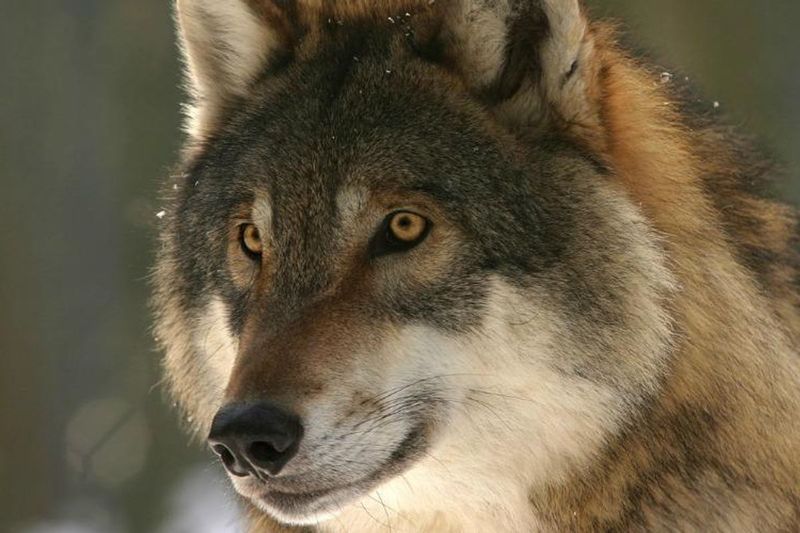
Despite featuring prominently in folklore as vicious man-eaters, wolf attacks on humans in North America are incredibly rare. In fact, no fatal wolf attack has been conclusively documented in the continental United States in the last century.
Wolves naturally avoid human contact and prefer their traditional prey like deer and elk. The real threat wolves pose is to livestock, not people, though even these incidents are less common than many believe.
11. House Cats: More Dangerous Than You Think
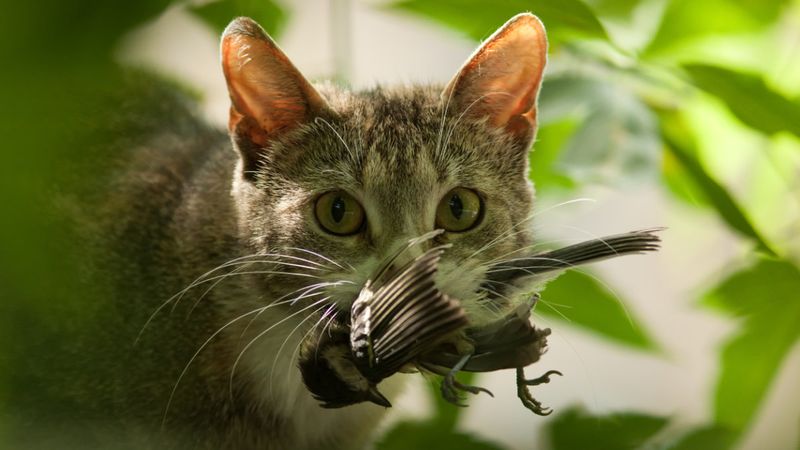
While your purring companion poses virtually no threat to you, cats are environmental superpredators responsible for billions of bird and small mammal deaths annually. Their hunting instinct remains fully intact despite domestication.
The real danger from cats comes from diseases like toxoplasmosis, which can cause serious complications in pregnant women and immunocompromised individuals. Regular handwashing after handling cats and proper litter box management minimizes these risks.
12. Coyotes: Urban Adapters, Not Child Snatchers
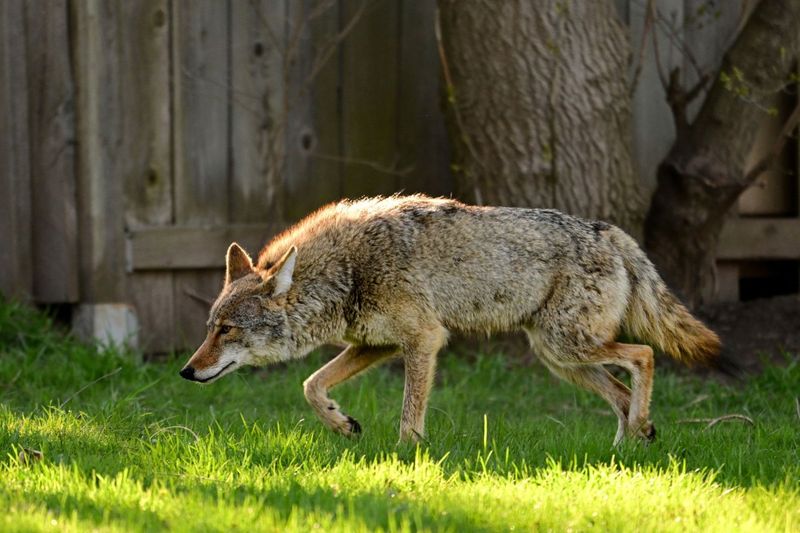
These adaptable canids have moved into suburban and urban areas across America, sparking fear among residents. Despite their increasing presence, coyote attacks on humans remain extraordinarily rare, with just two confirmed fatalities in North American history.
Coyotes typically avoid humans and prefer smaller prey like rodents and rabbits. Most negative encounters occur when people feed coyotes, inadvertently teaching them to associate humans with food sources.
13. Bats: Nighttime Navigators, Not Hair Entanglers
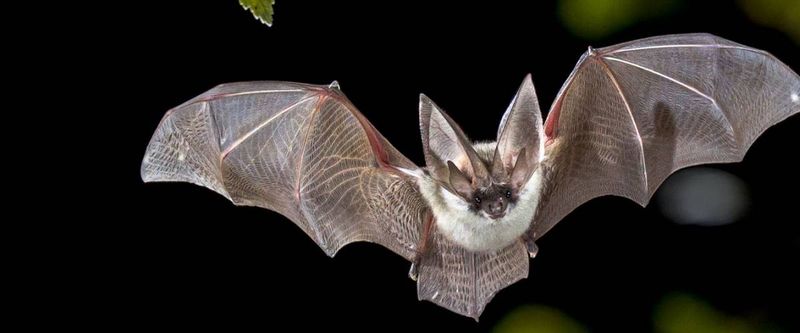
Despite myths about getting tangled in hair or being rabid vampires, bats are among our most beneficial wildlife. Less than 1% carry rabies, and they’re expert fliers who use sophisticated echolocation to avoid obstacles, including human heads.
The real value of bats comes from their insect consumption, with some species eating thousands of mosquitoes nightly. They also pollinate plants and disperse seeds, making them ecological keystone species worth protecting rather than fearing.
14. Opossums: Nature’s Cleanup Crew
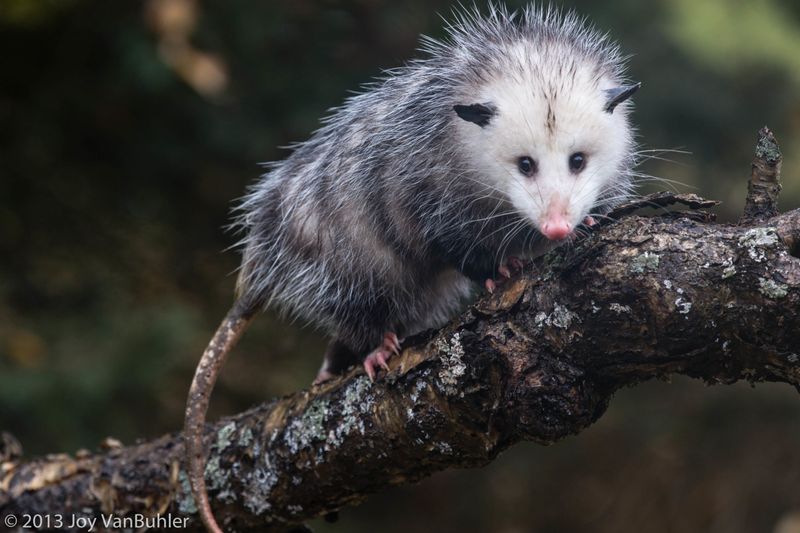
With their hissing defense and rat-like appearance, opossums trigger fear in many Americans. In reality, these marsupials are among our most harmless and beneficial wildlife neighbors, consuming thousands of disease-carrying ticks annually.
Their body temperature is too low to host rabies effectively, making them nearly immune to this dreaded disease. When threatened, opossums usually play dead rather than attack, making their scary display all bluff and no bite.
15. Tarantulas: Gentle Giants Of The Arachnid World
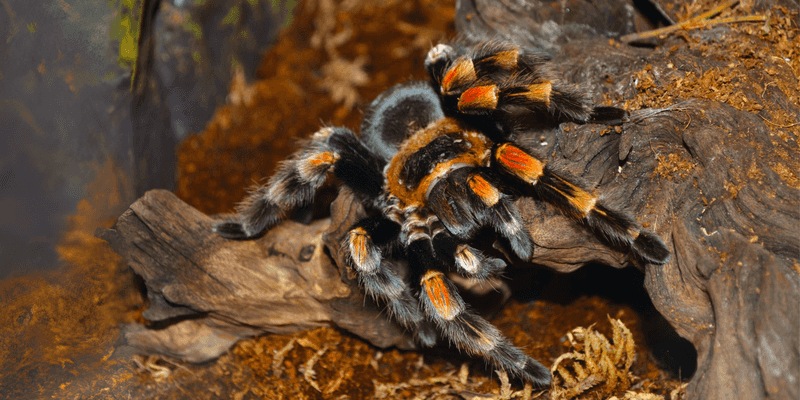
Despite their starring role in horror movies, American tarantulas are remarkably docile creatures whose bites cause only mild pain similar to a bee sting. Their venom isn’t medically significant to humans, contrary to popular belief.
These large spiders prefer flight over fight, using their urticating hairs as a defense mechanism by flicking them at predators to cause irritation. Most bites occur only when the spider is being handled roughly or feels trapped.

